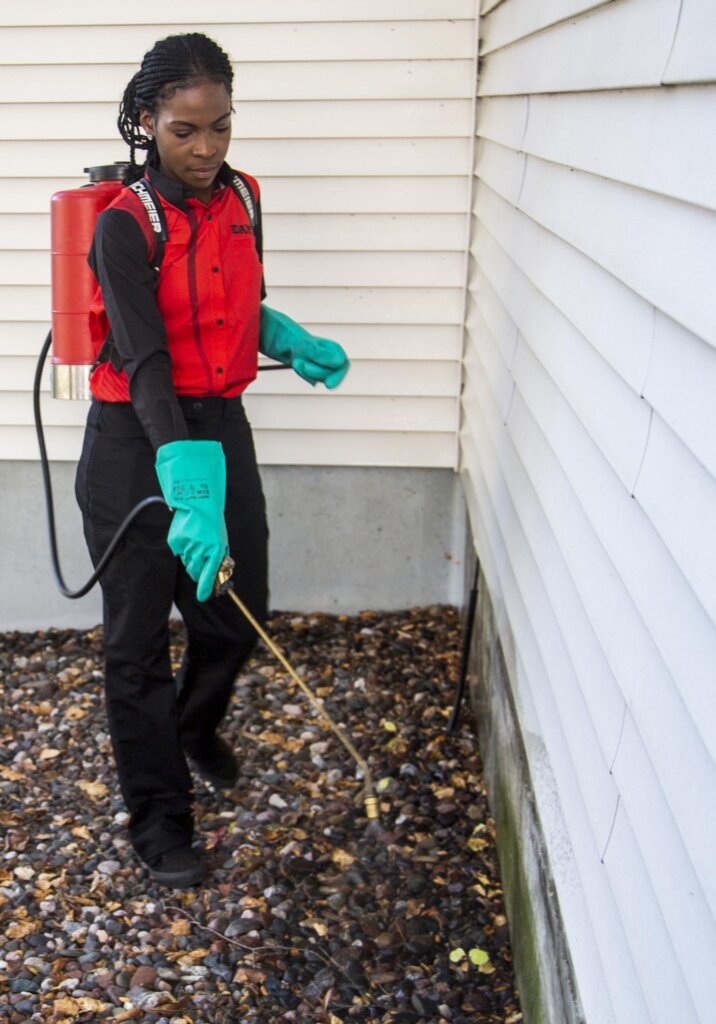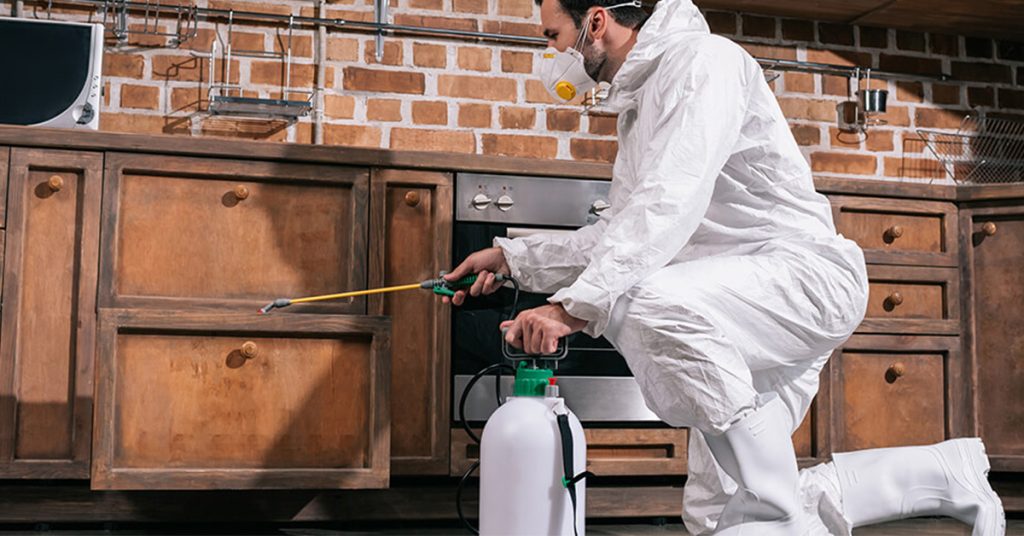Protect Your Family and Loved Ones with Help from Pest Control Lockhart
Protect Your Family and Loved Ones with Help from Pest Control Lockhart
Blog Article
Exploring Problem and Therapy Techniques in the World of Pest Control
The landscape of bug control encompasses a myriad of challenges, particularly as problems of typical household bugs remain to evolve. Understanding the behaviors and reproductive patterns of these hassles is critical for establishing effective treatment strategies. By incorporating safety nets with innovative administration techniques, such as Integrated Bug Management (IPM), homeowners can much better protect their settings. However, the efficiency of these methods may differ considerably based on certain circumstances. What hidden variables contribute to the success or failing of these approaches in different settings?

Typical Family Vermin
When it involves handling our living spaces, recognizing common household pests is important. These bugs not just interrupt our convenience yet can additionally present wellness threats and damages property. One of the most widespread household parasites consist of ants, roaches, rats, termites, and bed pests.
Ants, often seen foraging in kitchens, can infect food and develop huge nests. Cockroaches, understood for their strength, can set off allergies and spread pathogens. Rats, consisting of mice and rats, can cause structural damages and lug illness like hantavirus and salmonella. Termites, typically referred to as "silent destroyers," can endanger the honesty of wooden structures, leading to pricey repair services. Bed bugs, although not disease carriers, can cause substantial pain via their bites and bring about emotional distress.
Recognizing the indicators of these insects, such as droppings, nests, or attack marks, is necessary for early treatment (Pest Control Lockhart). Appropriate sanitation methods, sealing access points, and keeping a clutter-free environment are reliable preventative procedures. By recognizing these common family pests and recognizing their behaviors, home owners can take proactive actions to mitigate problems, making certain a healthier living setting
Understanding Bug Infestations
Pest invasions can rise rapidly, transforming a minor annoyance right into a substantial problem otherwise addressed quickly. Recognizing the nature of these infestations is important for effective management. Bugs can get into property and industrial spaces for different factors, consisting of the search for food, shelter, or reproducing premises. Common elements adding to problems consist of poor cleanliness, architectural susceptabilities, and seasonal adjustments that drive pests inside your home.
Identifying the kind of pest is vital, as various types display different behaviors and reproductive rates. For instance, rodents might develop nests in concealed locations while bugs like cockroaches thrive in damp environments. Early detection frequently rests on identifying indicators such as droppings, chomp marks, or uncommon audios, which can suggest an issue prior to it comes to be serious.
Cozy, humid environments can facilitate the rapid development of pest populations, while adjustments in landscaping or building and construction can inadvertently produce helpful atmospheres. An enlightened approach to comprehending these characteristics lays the groundwork for efficient insect monitoring strategies in the future.
Therapy Approaches and Techniques
Efficient therapy approaches and techniques are vital for minimizing pest invasions and bring back a secure environment. A multifaceted method is usually best, incorporating chemical, biological, and mechanical methods tailored to the details parasite and the severity of the infestation.
Chemical treatments include using pesticides and herbicides, which can successfully remove parasites. However, proper application and adherence to safety guidelines are important to lessen dangers to people and non-target microorganisms. Integrated Parasite Monitoring (IPM) urges the wise use chemicals as a last option, relying instead on tracking and limit levels to determine intervention demands.
Biological control approaches include introducing all-natural predators or parasites to lower bug populations. This strategy is increasingly popular, especially in agricultural settings, as it promotes environmental sustainability.
Mechanical methods, such as catches and obstacles, supply immediate remedy for pests without presenting chemicals. Choices consist of sticky traps for pests or physical barriers for rats.
Eventually, the choice of therapy method must consider the certain insect, the setting, and potential effect on human wellness and environments. A well balanced combination of these approaches can efficiently take care of infestations visit this site while promoting lasting insect control solutions.
Safety Nets for House
Proactively addressing insect concerns prior to they escalate is crucial for keeping a healthy home setting (Pest Control Lockhart). Executing efficient preventative steps can substantially lower the possibility of invasions, inevitably guarding Source both your home and well-being

Proper landscaping also plays an important function in prevention. Keeping shrubs and trees cut away from your house lowers the opportunities of parasites discovering their method inside your home. Make sure that drain systems are functioning efficiently to protect against standing water, which can attract in mosquitoes and various other pests.
Finally, routine inspections are recommended. Frequently checking for indicators of bug activity permits very early intervention. By taking on these preventative steps, homeowners can develop a setting that is less friendly to bugs, thereby boosting their general quality of life and minimizing the need for considerable pest control treatments.
Industrial Parasite Control Methods
A comprehensive strategy to commercial parasite control is vital for organizations aiming to maintain a secure and hygienic setting. Effective methods involve a combination of normal evaluations, staff member training, and the implementation of Integrated Bug Monitoring (IPM) techniques.
Normal examinations allow very early detection of pest task, permitting prompt treatment. Services must establish a routine timetable for these evaluations, concentrating on high-risk areas such as cooking areas, storage rooms, and garbage disposal websites. Employee training is equally vital; staff ought to be informed on the indications of insect infestations and the value of reporting them promptly.
Applying IPM methods helps reduce pest issues sustainably. This includes habitat alteration, such as sealing access factors and reducing clutter, as well as utilizing natural deterrents before resorting to chemical therapies.

In addition, working together with a certified pest control supplier guarantees access to specialist knowledge and sophisticated therapy alternatives. This collaboration can lead to customized parasite control intends customized to the details needs of the business, minimizing risks and boosting overall effectiveness. Inevitably, an aggressive and educated technique fosters a pest-free atmosphere, securing both public health and wellness and organization credibility.
Final Thought
In final thought, reliable pest control demands an extensive understanding of usual house insects and their habits, combined with targeted therapy approaches. Implementing precautionary procedures along with therapy techniques find out such as Integrated Parasite Administration and organic control enhances the capability to minimize infestations.
Report this page